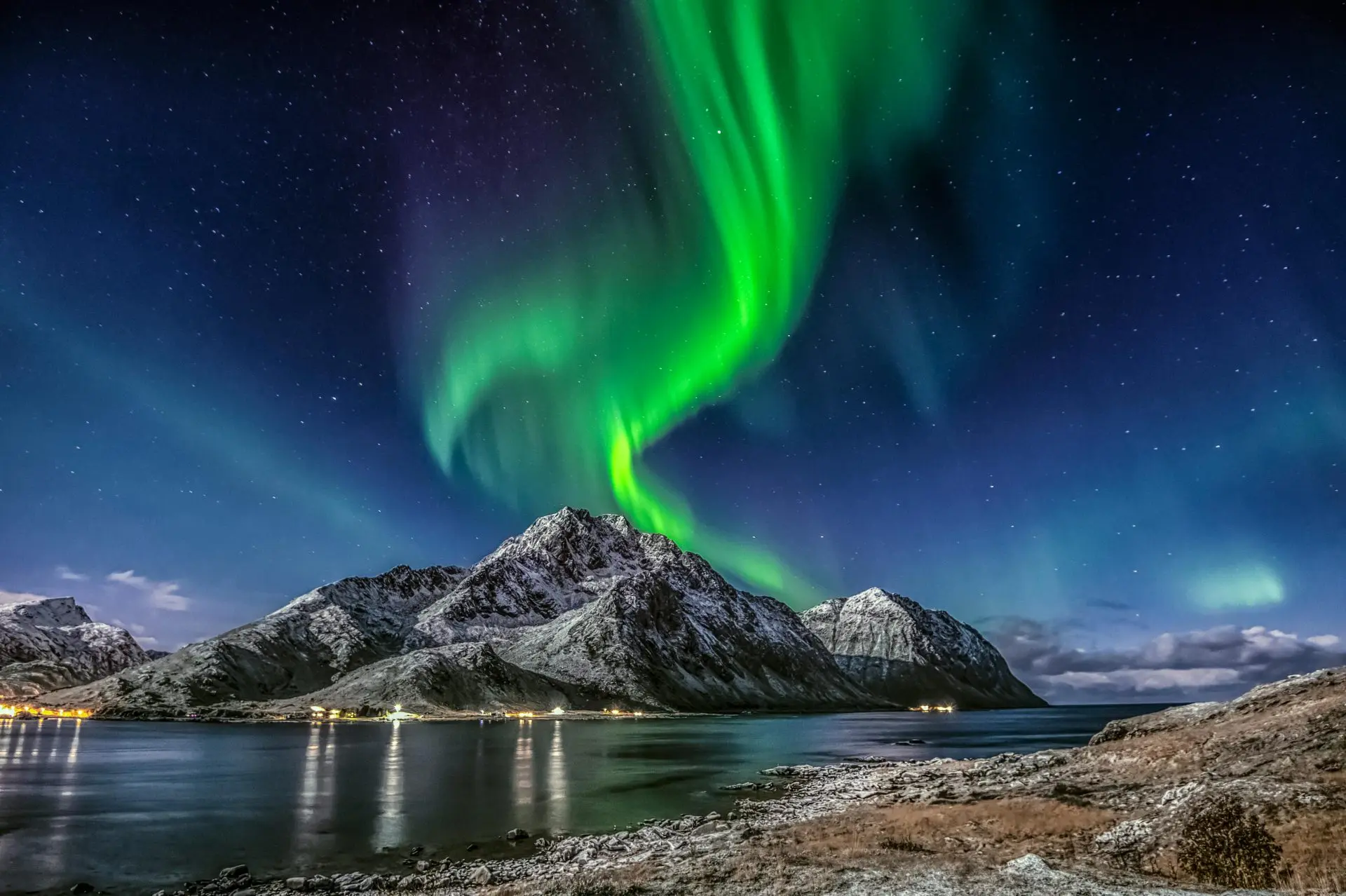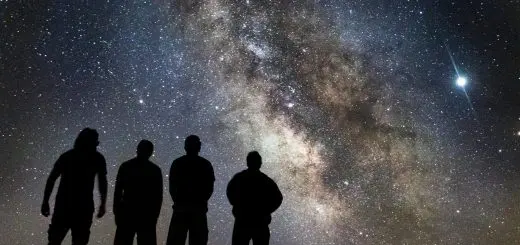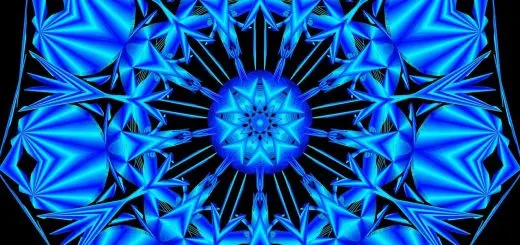Tiamat: Chaos Dragon and Mother of All Deities

Looking for more amazing products? Check out our online store and explore our collection here! Happy shopping!
Before diving in, please note: This post is for informational purposes only. If you’d like to know more about how we approach topics, feel free to check out our friendly Disclaimer Page.
Hey there, amazing readers! 
We’re committed to delivering quality posts, and your support (even just sticking around despite the ads) means everything to us. So, bear with us, and thanks for helping us keep the good vibes rolling. Now, on to the fun stuff!
TRANSLATE BUTTON AT THE END OF THE ARTICLE
Overview
Tiamat, the Chaos Dragon and Mother of All Deities, is a central figure in ancient Mesopotamian mythology.
Her origins can be traced back to the earliest civilizations of Sumer and Babylon, where she was worshipped as a primordial goddess of chaos and creation.
Tiamat’s significance in the mythologies of these ancient cultures is immense, as she played a pivotal role in the creation of the universe and the shaping of the world as we know it.
Throughout history, Tiamat has been portrayed in various art forms, texts, and religious rituals, leaving a lasting legacy that continues to influence contemporary interpretations of mythology and symbolize chaos and destruction.
Ancient Mesopotamian Mythology and Tiamat’s Origins
In ancient Mesopotamian mythology, Tiamat was revered as one of the most powerful and ancient deities.
She is believed to have emerged from the chaotic waters of the primeval sea, symbolizing the pre-existing chaos that preceded the creation of the world.
Tiamat’s origins can be traced back to the earliest civilizations of Sumer, where she was known as Nammu, the goddess of the watery abyss.
Over time, her character and significance evolved, leading to her transformation into the fearsome dragon goddess known as Tiamat.
Tiamat: The Primordial Goddess of Chaos and Creation
Tiamat is often depicted as a monstrous dragon, with multiple heads, sharp fangs, and a scaly body.
She embodies the primeval chaos from which the world was born, representing the untamed and unpredictable forces of creation.
Tiamat is associated with the sea and is believed to have had the power to unleash devastating floods and storms.
As the mother of all deities, she is considered the source of divine power and the ultimate creator of the gods themselves.
The Epic Battle of Tiamat and Marduk in Enuma Elish
One of the most famous stories featuring Tiamat is the Enuma Elish, the Babylonian creation epic.
According to the epic, Tiamat became enraged by the actions of the younger gods, who had grown unruly and disrespectful.
In her fury, Tiamat created an army of monsters to wage war against the gods.
The gods, led by the hero Marduk, engaged in a fierce battle with Tiamat and her forces.
In the epic climax, Marduk ultimately defeats Tiamat, splitting her body in two and using one half to create the heavens and the other to form the earth.
Tiamat: The Mother of All Monsters and Deities
In addition to being the mother of all deities, Tiamat is also considered the mother of all monsters.
As a primordial goddess, she gave birth to a multitude of monstrous creatures, including dragons, serpents, and other fearsome beings.
These creatures were seen as embodiments of chaos and were often associated with natural disasters and destructive forces.
Tiamat’s role as the mother of all monsters highlights her connection to the untamed and unpredictable aspects of the natural world.
Symbolism and Representations of Tiamat in Art and Texts
Throughout history, Tiamat has been depicted in various forms of art and texts, showcasing her significance in ancient Mesopotamian culture.
In art, she is often portrayed as a multi-headed dragon, symbolizing her power and ferocity.
Texts such as the Enuma Elish and other myths describe her as a fearsome and awe-inspiring deity, highlighting her role as the embodiment of chaos and creation.
Tiamat’s representations in art and texts serve as a reminder of the ancient Mesopotamian belief in the power of primordial chaos and the divine forces that shaped the world.
Tiamat’s Role in the Creation and Shaping of the Universe
According to Mesopotamian mythology, Tiamat played a crucial role in the creation and shaping of the universe.
In the Enuma Elish, her battle with Marduk represents the cosmic struggle between chaos and order.
Tiamat’s defeat signifies the establishment of a new divine order, with Marduk becoming the supreme god of Babylon.
Tiamat’s body is used to create the heavens and the earth, symbolizing her transformation from a chaotic entity into the building blocks of the ordered world.
Tiamat’s Influence on Mesopotamian Religion and Society
Tiamat’s influence extends beyond mythology and into the religious and societal practices of ancient Mesopotamia.
Temples dedicated to her worship were erected, and rituals were performed to appease her and ensure protection from her destructive powers.
As the embodiment of chaos, Tiamat’s presence in religious practices served as a reminder of the unpredictable and dangerous forces of the natural world.
Her worship and veneration were deeply intertwined with the daily lives and beliefs of the Mesopotamian people.
How Tiamat Became a Symbol of Chaos and Destruction
Tiamat’s association with chaos and destruction stems from her role as the primordial goddess of chaos and creation.
Her portrayal as a fearsome dragon and the mother of monsters further solidified her connection to untamed and destructive forces.
Over time, as civilizations evolved and faced challenges from natural disasters and external threats, the symbolism of Tiamat became more pronounced.
She came to represent the chaotic and destructive aspects of the world that humans sought to control and overcome.
Tiamat’s Legacy: Depictions in Literature and Pop Culture
Tiamat’s legacy extends beyond the ancient world and into contemporary literature and pop culture.
Her character and mythology have been incorporated into various works of fiction, such as fantasy novels and video games.
In these modern interpretations, Tiamat is often portrayed as a powerful and malevolent deity, embodying chaos and serving as a formidable adversary for the protagonists.
Her continuing presence in popular culture demonstrates the enduring fascination with ancient mythologies and their iconic figures.
The Worship of Tiamat: Temples, Rituals, and Offerings
In ancient Mesopotamia, worship of Tiamat involved elaborate rituals and offerings.
Temples dedicated to her were constructed, providing a sacred space for devotees to pay homage and seek her protection.
Offerings of food, drink, and incense were made to appease Tiamat and gain her favor.
Rituals involving music, dance, and prayers were performed to honor her and ensure the well-being of the community.
Tiamat’s worship played a significant role in the religious and cultural practices of ancient Mesopotamia, affirming her status as a powerful and revered deity.
Tiamat: Mythological Significance and Contemporary Interpretations
Tiamat’s mythological significance lies in her embodiment of chaos and creation in ancient Mesopotamian cosmology.
Her story serves as a reminder of the ancient beliefs in the primordial forces that shaped the world.
Contemporary interpretations of Tiamat often focus on her role as a symbol of chaos and destruction, exploring the ongoing human struggle to find order and control in a chaotic world.
Tiamat’s enduring legacy continues to captivate and inspire, reminding us of the rich mythologies that have shaped human history.
Conclusion
Tiamat, the Chaos Dragon and Mother of All Deities, holds a prominent place in ancient Mesopotamian mythology.
As the primordial goddess of chaos and creation, she played a pivotal role in the creation of the universe and the shaping of the world.
Tiamat’s symbolism as a fearsome dragon and the mother of all monsters further emphasized her association with chaos and destruction.
Throughout history, her representations in art, texts, and religious rituals have left a lasting impact on Mesopotamian culture and continue to inspire contemporary interpretations.
From temples and offerings to depictions in literature and pop culture, Tiamat’s legacy remains a testament to the enduring fascination with ancient mythologies and their mythical figures.

The Enlightenment Journey is a remarkable collection of writings authored by a distinguished group of experts in the fields of spirituality, new age, and esoteric knowledge.
This anthology features a diverse assembly of well-experienced authors who bring their profound insights and credible perspectives to the forefront.
Each contributor possesses a wealth of knowledge and wisdom, making them authorities in their respective domains.
Together, they offer readers a transformative journey into the realms of spiritual growth, self-discovery, and esoteric enlightenment.
The Enlightenment Journey is a testament to the collective expertise of these luminaries, providing readers with a rich tapestry of ideas and information to illuminate their spiritual path.
Our Diverse Expertise
While our primary focus is on spirituality and esotericism, we are equally passionate about exploring a wide range of other topics and niches 

To ensure we provide the most accurate and valuable insights, we collaborate with trusted experts in their respective domains 
Our blog originally focused on spirituality and metaphysics, but we’ve since expanded to cover a wide range of niches. Don’t worry—we continue to publish a lot of articles on spirituality! Frequently visit our blog to explore our diverse content and stay tuned for more insightful reads.
Hey there, amazing reader! 
Check out our store here and take a peek at some of our featured products below! Thanks for being awesome!













